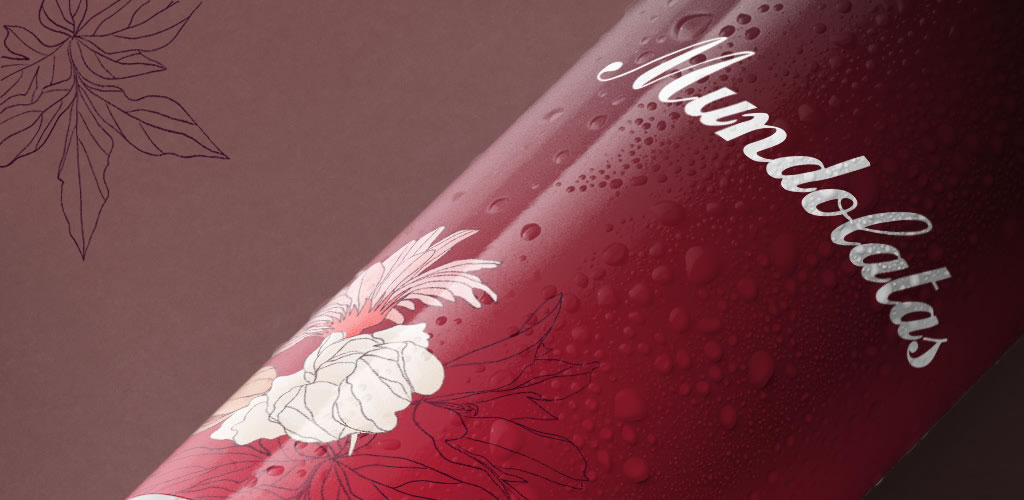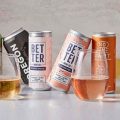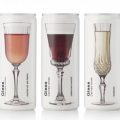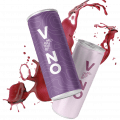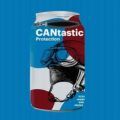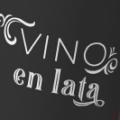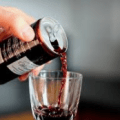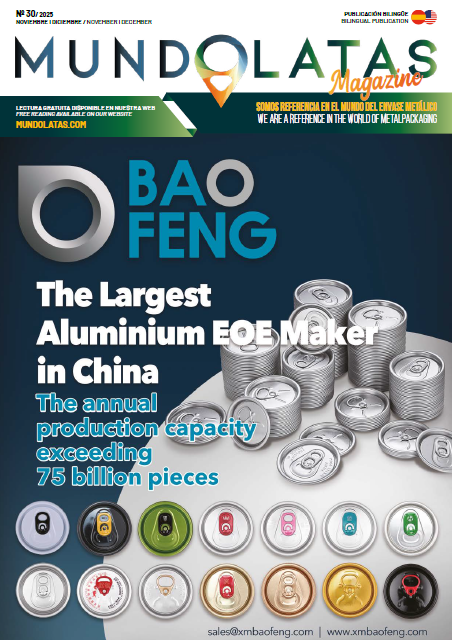Can containers are gaining ground in virtually every beverage category, becoming an object that is not only infinitely recyclable but also brings with it almost infinite creativity. Wines no longer escape this trend. For some years now, different wineries have been testing this type of packaging, being perhaps the youngest ones, such as those located in the vineyards of the USA or South America, the ones that have dared to try these new trends, focusing also on a young target that needs comfort and a greater environmental awareness.
Easy to carry, recyclable and with the possibility of being more than innovative in packaging designs, are some of its features, but as in everything, the pandemic has driven more this trend: the need to drink outdoors.
Wine Intelligence published a report that allows, especially for wine entrepreneurs (and already established producers), to evaluate more accurately their decision to bet on canned wines.
- He recommends packing rosé, white or sparkling wines, as it is usually cold and carbonated beverages that are packed in cans due to their conservation properties.
- Ready to Drink (RDT) beverages are becoming more and more popular, not only in the USA, and they come in this format. Therefore, Wine Intelligence also recommends a type of beverage that is based on wine and with added bubbles that would have properties such as low calories and alcohol content. Not only this, it gives the producer the possibility of leaving the traditional format of alcohol that ranges between 11 and 15 degrees and produce a light liquid in alcohol content and calories that responds to these healthy trends on the rise.
- For those brands with tradition, Wine Intelligence sees a good option because the prestige and trajectory of the brand would give confidence to a canned format. In addition, the pandemic has upended everything and changed much of the habits of consumers who now view those pre-Covid habits differently.
- Focus sales on “key” points. A good selection of channels and a previous study of the type of consumers that use them is key.

